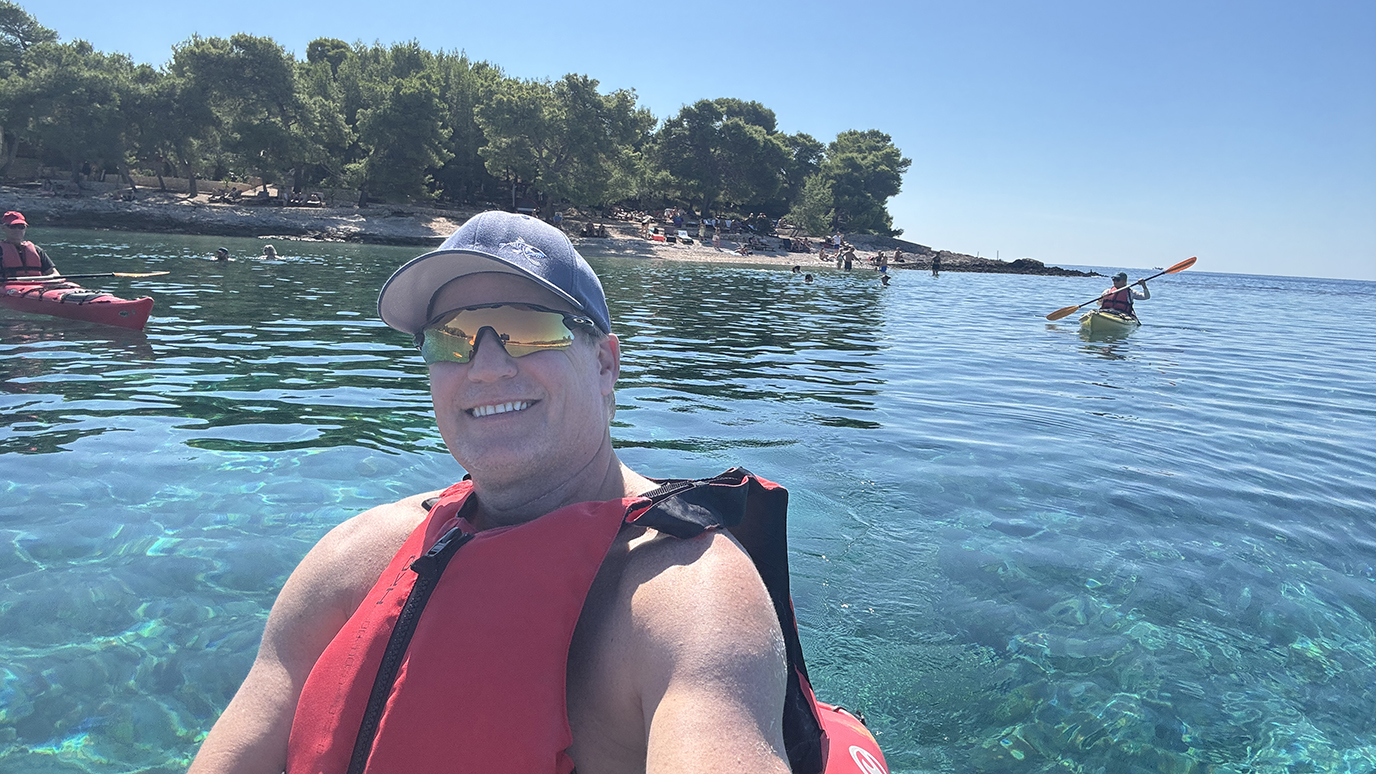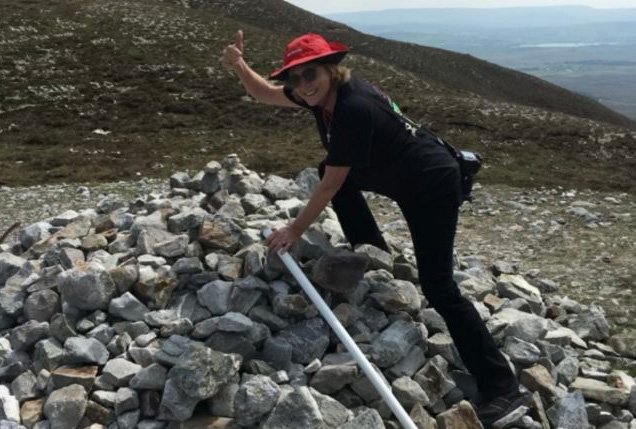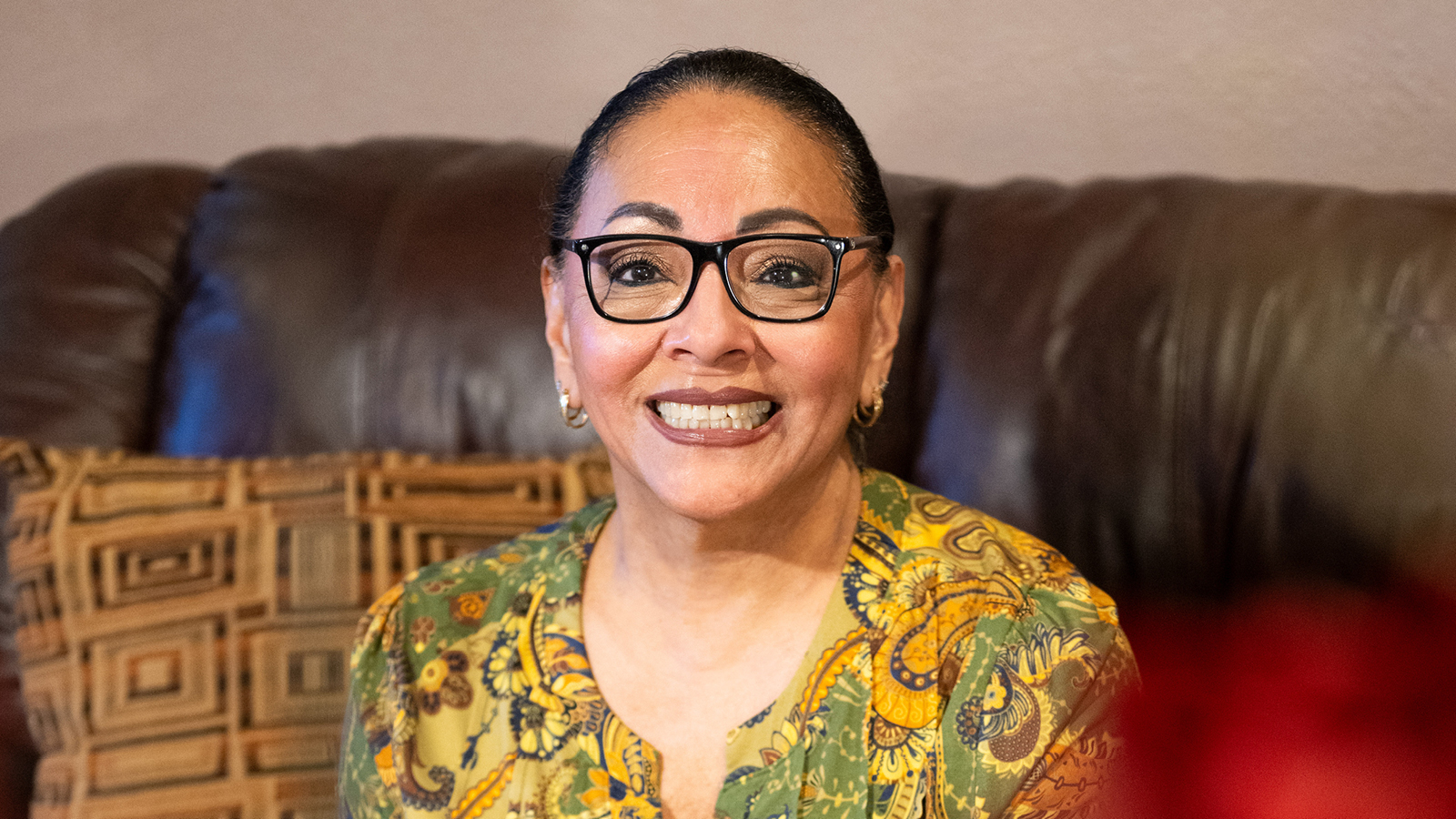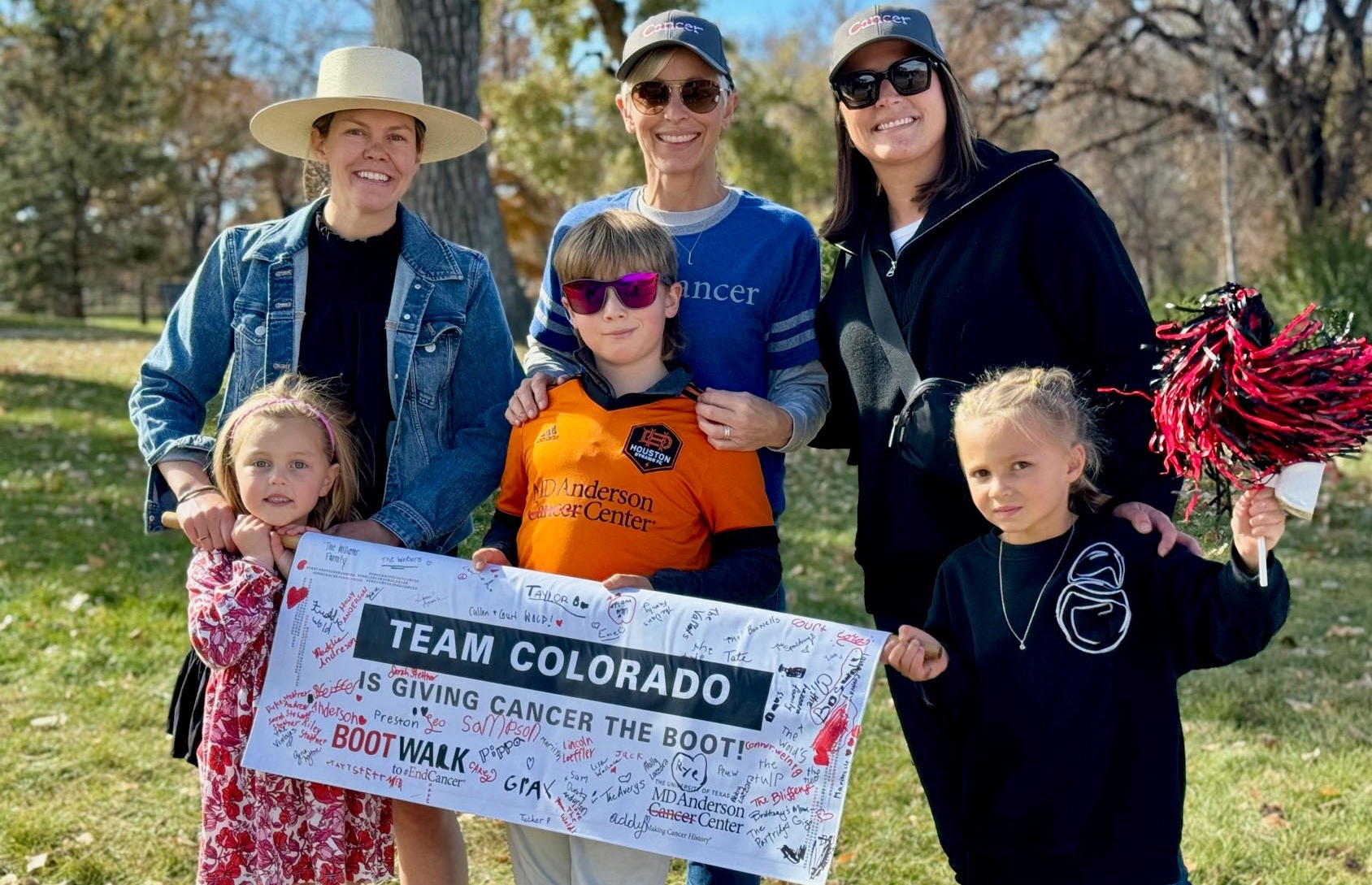Patient plays guitar during awake craniotomy
- Diseases
- Acoustic Neuroma (16)
- Adrenal Gland Tumor (24)
- Anal Cancer (70)
- Anemia (2)
- Appendix Cancer (18)
- Bile Duct Cancer (26)
- Bladder Cancer (74)
- Brain Metastases (28)
- Brain Tumor (234)
- Breast Cancer (726)
- Breast Implant-Associated Anaplastic Large Cell Lymphoma (2)
- Cancer of Unknown Primary (4)
- Carcinoid Tumor (8)
- Cervical Cancer (164)
- Colon Cancer (168)
- Colorectal Cancer (118)
- Endocrine Tumor (4)
- Esophageal Cancer (44)
- Eye Cancer (36)
- Fallopian Tube Cancer (8)
- Germ Cell Tumor (4)
- Gestational Trophoblastic Disease (2)
- Head and Neck Cancer (14)
- Kidney Cancer (130)
- Leukemia (342)
- Liver Cancer (50)
- Lung Cancer (286)
- Lymphoma (278)
- Mesothelioma (14)
- Metastasis (30)
- Multiple Myeloma (100)
- Myelodysplastic Syndrome (60)
- Myeloproliferative Neoplasm (6)
- Neuroendocrine Tumors (16)
- Oral Cancer (102)
- Ovarian Cancer (178)
- Pancreatic Cancer (160)
- Parathyroid Disease (2)
- Penile Cancer (14)
- Pituitary Tumor (6)
- Prostate Cancer (150)
- Rectal Cancer (58)
- Renal Medullary Carcinoma (6)
- Salivary Gland Cancer (14)
- Sarcoma (238)
- Skin Cancer (300)
- Skull Base Tumors (56)
- Spinal Tumor (12)
- Stomach Cancer (66)
- Testicular Cancer (28)
- Throat Cancer (92)
- Thymoma (6)
- Thyroid Cancer (100)
- Tonsil Cancer (30)
- Uterine Cancer (86)
- Vaginal Cancer (18)
- Vulvar Cancer (22)
- Cancer Topic
- Adolescent and Young Adult Cancer Issues (22)
- Advance Care Planning (12)
- Biostatistics (2)
- Blood Donation (18)
- Bone Health (8)
- COVID-19 (360)
- Cancer Recurrence (120)
- Childhood Cancer Issues (120)
- Clinical Trials (628)
- Complementary Integrative Medicine (22)
- Cytogenetics (2)
- DNA Methylation (4)
- Diagnosis (238)
- Epigenetics (6)
- Fertility (62)
- Follow-up Guidelines (2)
- Health Disparities (14)
- Hereditary Cancer Syndromes (128)
- Immunology (18)
- Li-Fraumeni Syndrome (8)
- Mental Health (122)
- Molecular Diagnostics (8)
- Pain Management (62)
- Palliative Care (8)
- Pathology (10)
- Physical Therapy (18)
- Pregnancy (18)
- Prevention (936)
- Research (390)
- Second Opinion (78)
- Sexuality (16)
- Side Effects (616)
- Sleep Disorders (10)
- Stem Cell Transplantation Cellular Therapy (216)
- Support (408)
- Survivorship (328)
- Symptoms (182)
- Treatment (1788)
Why a brain tumor survivor brought his guitar into the OR
BY Meagan Raeke
3 minute read | Published May 14, 2018
Medically Reviewed | Last reviewed by an MD Anderson Cancer Center medical professional on May 14, 2018
When Robert Alvarez was diagnosed with a low-grade insular brain tumor in 2013, he decided to hope for the best and postpone treatment.
“The doctors told me surgery could leave me paralyzed,” Robert recalls. He noticed increasing headaches and clumsiness, but the symptoms were still manageable. As an active 19-year-old athlete and musician, Robert felt the risks of surgery were worse than living with the brain tumor.
“I just hoped it wouldn’t grow and tried to be careful,” he says. After high school, Robert moved from San Antonio to Chicago to pursue a music career and start vocational school in audio engineering. Meanwhile, his mother began researching neurosurgeons and hospitals for the future.
A love of music
In Chicago, Robert started a metal band with a few friends. His brain tumor served as the inspiration for the band’s name: Death from Within.
Robert had started playing the guitar at age 12, inspired by an eclectic mix of music, ranging from 90s hip-hop to heavy metal.
“I picked it up fast,” Robert says. “I like to bump it – just turn the amp up and jam when everyone else leaves the house.”
The road to MD Anderson
After a few years in Chicago, Robert began to notice new symptoms.
“I would wake up at night feeling weird, and I’d run to look at myself in the bathroom mirror,” he says. “One night, I fell out of bed. My roommate heard me hit the wood floor and came to check on me.”
Robert was having seizures – a common brain tumor symptom – in his sleep. Robert woke up in the hospital, with his dad at his bedside. By then, his mother already knew the next step: MD Anderson.
Comfort in confidence
When Robert was first diagnosed, he didn’t feel comfortable having surgery to remove the brain tumor. That changed when he came to MD Anderson and met neurosurgeon Sujit Prabhu, M.D., in the Brain and Spine Center.
“Dr. Prabhu told me I would be OK. That’s what I wanted to hear,” Robert says. “I could tell he was confident in what he did. With other doctors, there was no guarantee.”
Because Robert’s tumor was located near the parts of his brain that controlled speech and movement, Prabhu recommended an awake craniotomy. During this type of procedure, the patient is woken up during surgery to help map and safely preserve those critical functions as the brain tumor is removed.
“Dr. Prabhu asked me, ‘What do you do?’ I told him, ‘I play the guitar; that’s all I do,’” Robert recalls. “He said ‘OK’ and looked like he was thinking.”
What Prabhu suggested next had never been done before at MD Anderson: he asked Robert if he’d feel comfortable playing his guitar during an awake craniotomy. The goal was to ensure the surgery wouldn’t harm Robert’s ability to play music.
Playing guitar during brain surgery
Normally, Robert plays an electric guitar with an amp. That wouldn’t work in the BrainSuite®, a special operating room at MD Anderson with an intraoperative MRI scanner – a 1.5 tesla magnet. So, Robert bought an acoustic guitar for the occasion.
The day before surgery, Robert visited the BrainSuite with Prabhu and the surgical team. Together, they decided how to comfortably position Robert so that he could play guitar on the operating table.
The preparation paid off. On the day of Robert’s surgery, everything went according to plan. Prabhu successfully removed 90% of Robert’s tumor, which was confirmed to be a grade II astrocytoma, and left his musical talents intact. This summer, Robert will begin proton therapy under the care of Debra Yeboa, M.D., to treat the remaining tumor tissue.
“It feels great to be playing guitar again,” Robert says. “Dr. Prabhu is amazing, and I’m glad he woke me up to play. I can’t wait to get back in the studio with my band.”
Request an appointment at MD Anderson online or by calling 1-877-632-6789.
Related Cancerwise Stories

Dr. Prabhu told me I would be OK. That’s what I wanted to hear.
Robert Alvarez
Survivor






